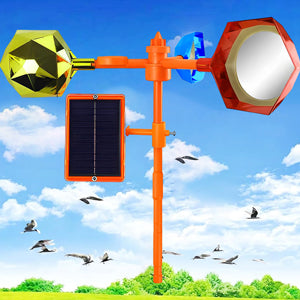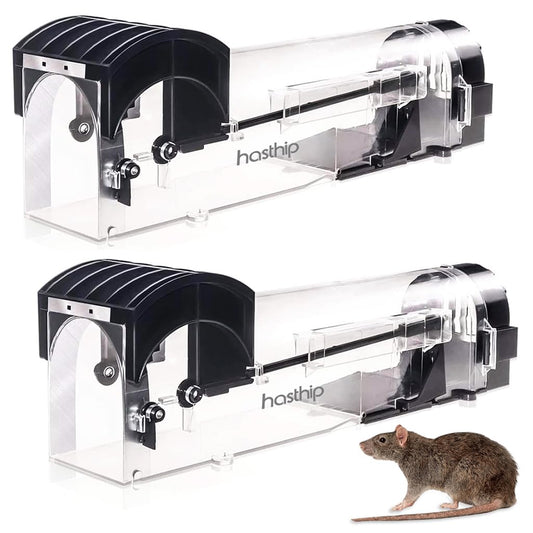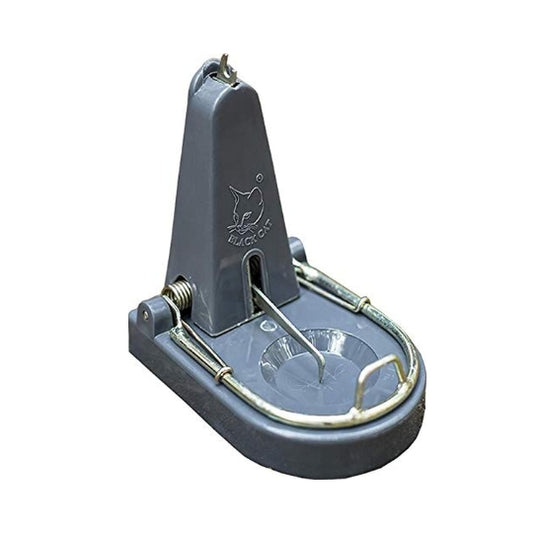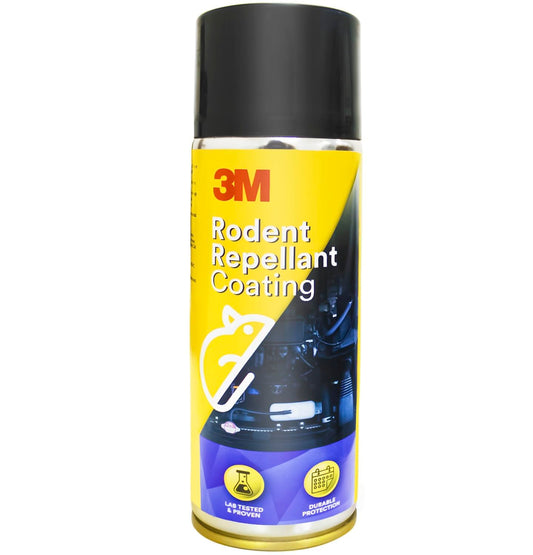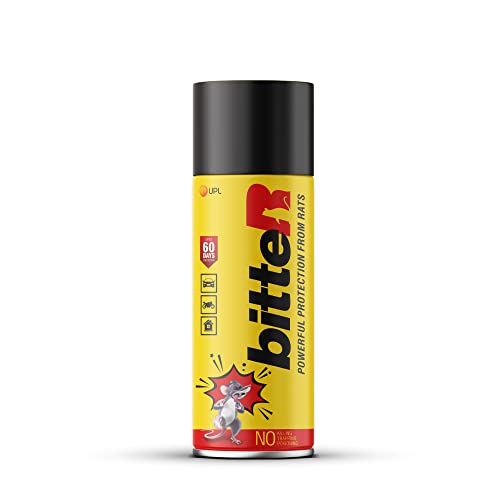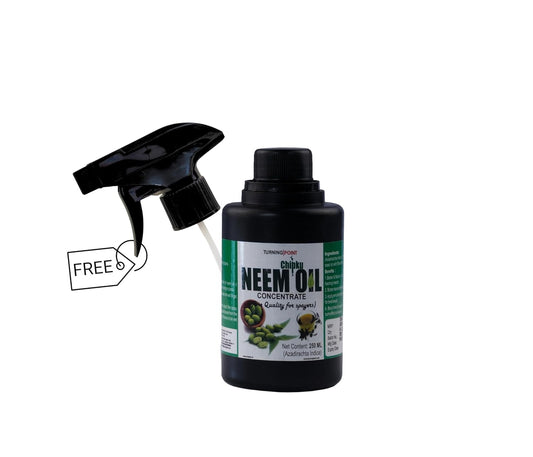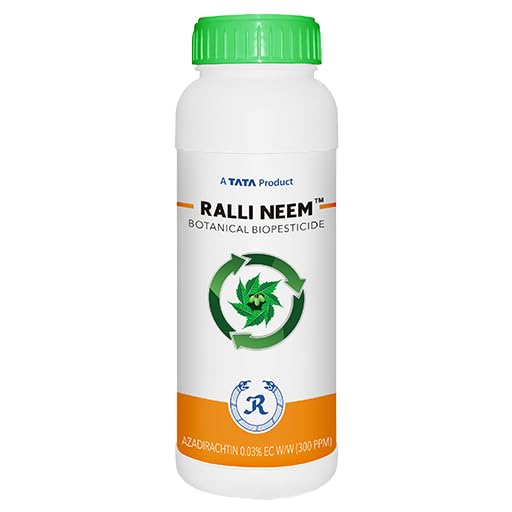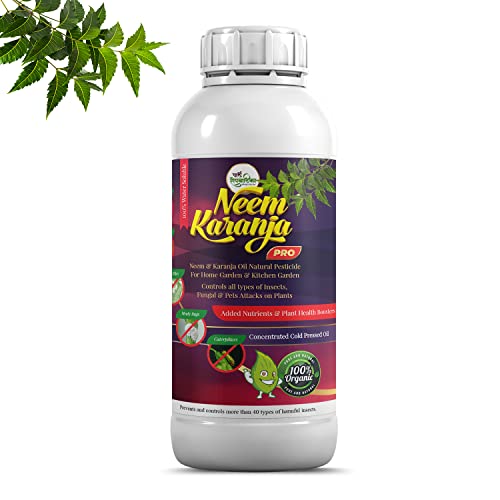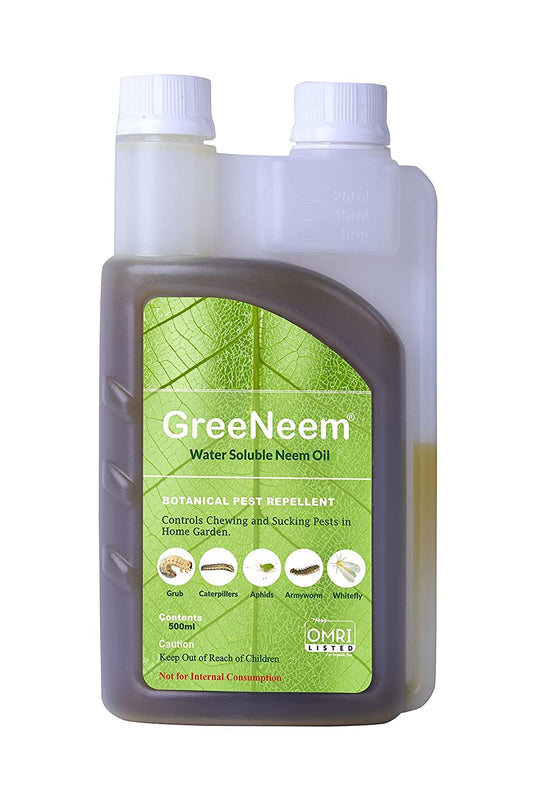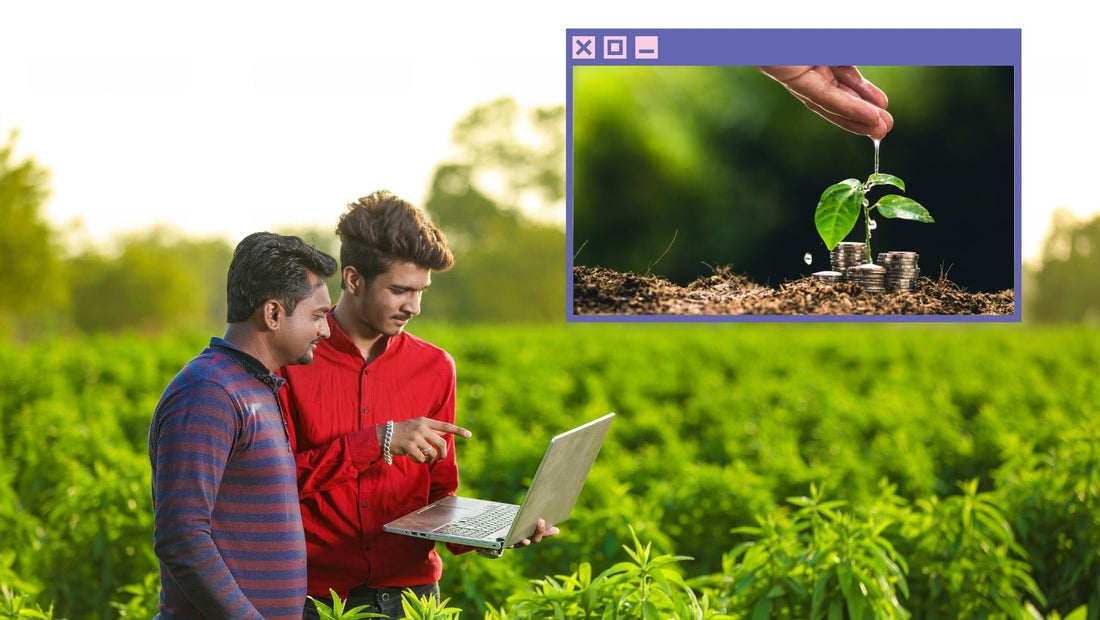
Financial Management in Modern Agriculture: Striking a Balance between Productivity and Sustainability
Share
Modern agriculture is a complex and dynamic endeavor, constantly evolving to meet the demands of a growing population while simultaneously navigating the challenges of resource scarcity and environmental sustainability. At the heart of this intricate system lies the financial well-being of farmers, who must carefully balance their investments to achieve optimal returns and ensure long-term viability.
Moving Beyond Instant Solutions: Embracing Sustainable Practices
Traditional agricultural practices often rely heavily on the use of chemical inputs such as fertilizers, pesticides, and fungicides to maximize yields and combat pests and diseases. While these interventions can provide temporary relief, they often come at a significant cost, both financially and environmentally. The overuse of chemicals can lead to soil degradation, water pollution, and the emergence of resistant pests, ultimately undermining the sustainability of agricultural systems.
Prevention is better than cure!
Modern agriculture advocates for a more holistic approach, emphasizing sustainable practices that optimize resource utilization and minimize environmental impact. This requires a shift from reactive, input-driven strategies to proactive, knowledge-based management.
Financial Management for Improved Irrigation, Crop Nutrition, and Disease Management
Irrigation Management:
Crop Nutrition Management:
Disease Management:
Pest and Weed Management: Embracing Integrated Approaches
Pest Management:
Weed Management:
Labor Management: Optimizing Productivity and Cost-Effectiveness
Labor costs often constitute a significant portion of agricultural expenses. Farmers can optimize labor utilization by adopting labor-saving technologies, such as mechanical harvesters and automated irrigation systems. Additionally, training and upskilling workers can enhance productivity and reduce labor costs.
Emphasizing Quality and Marketability
In an increasingly competitive market, farmers must focus on producing high-quality, marketable produce to maximize returns. This involves implementing quality control measures throughout the production process, from selecting high-yielding varieties to adhering to strict harvesting and handling practices. Additionally, farmers can explore value-added opportunities, such as processing and packaging, to further enhance the value of their products.
Conclusion: Striking a Balance for Sustainable Success
Modern agriculture demands a delicate balance between maximizing productivity and ensuring long-term sustainability. By adopting sustainable practices, optimizing resource utilization, and implementing efficient labor management strategies, farmers can achieve financial success while safeguarding the environment for future generations.
Frequently asked questions
1. What are the main challenges faced by farmers in modern agriculture?
Farmers in modern agriculture face a number of challenges, including:
- The need to increase productivity to meet the demands of a growing population
- The need to reduce their reliance on chemical inputs
- The need to adapt to climate change
- The need to meet increasing consumer demand for high-quality, sustainable food
2. What are some sustainable practices that farmers can adopt?
There are a number of sustainable practices that farmers can adopt, including:
- Using cover crops to suppress weeds and improve soil health
- Rotating crops to reduce the risk of pests and diseases
- Using natural pest control methods, such as biological control and pheromone traps
- Using precision irrigation techniques to save water
- Composting manure and crop residues to improve soil fertility
3. How can farmers improve their water management practices?
Farmers can improve their water management practices by:
- Installing water-efficient irrigation systems, such as drip irrigation
- Using precision scheduling to apply water only when and where it is needed
- Storing water during wet periods to use during dry periods
- Monitoring soil moisture levels to avoid overwatering
4. How can farmers improve their crop nutrition management practices?
Farmers can improve their crop nutrition management practices by:
- Testing their soil to determine the specific nutrient needs of their crops
- Applying fertilizers only when and where they are needed
- Using organic fertilizers, such as compost and manure
- Rotating crops to avoid nutrient depletion
5. How can farmers improve their pest and disease management practices?
Farmers can improve their pest and disease management practices by:
- Using integrated pest management (IPM) techniques, which combine biological, cultural, and chemical controls
- Using resistant crop varieties
- Monitoring their crops for pests and diseases
- Taking preventive measures to avoid the spread of pests and diseases
6. How can farmers optimize their labor management practices?
Farmers can optimize their labor management practices by:
- Adopting labor-saving technologies, such as mechanical harvesters
- Training and upskilling their workers
- Implementing incentive programs to improve employee productivity
- Planning their labor needs carefully to avoid over- or understaffing
7. How can farmers emphasize quality and marketability?
Farmers can emphasize quality and marketability by:
- Implementing quality control measures throughout the production process
- Selecting high-yielding, high-quality varieties
- Harvesting and handling their crops carefully to avoid damage
- Exploring value-added opportunities, such as processing and packaging
8. What are some financial management strategies that farmers can use?
Farmers can use a number of financial management strategies, including:
- Developing a business plan
- Tracking their income and expenses
- Creating a budget
- Saving for emergencies
- Seeking financial assistance when needed
By implementing these sustainable practices and financial management strategies, farmers can achieve financial success while ensuring long-term sustainability for their farms and the environment.


